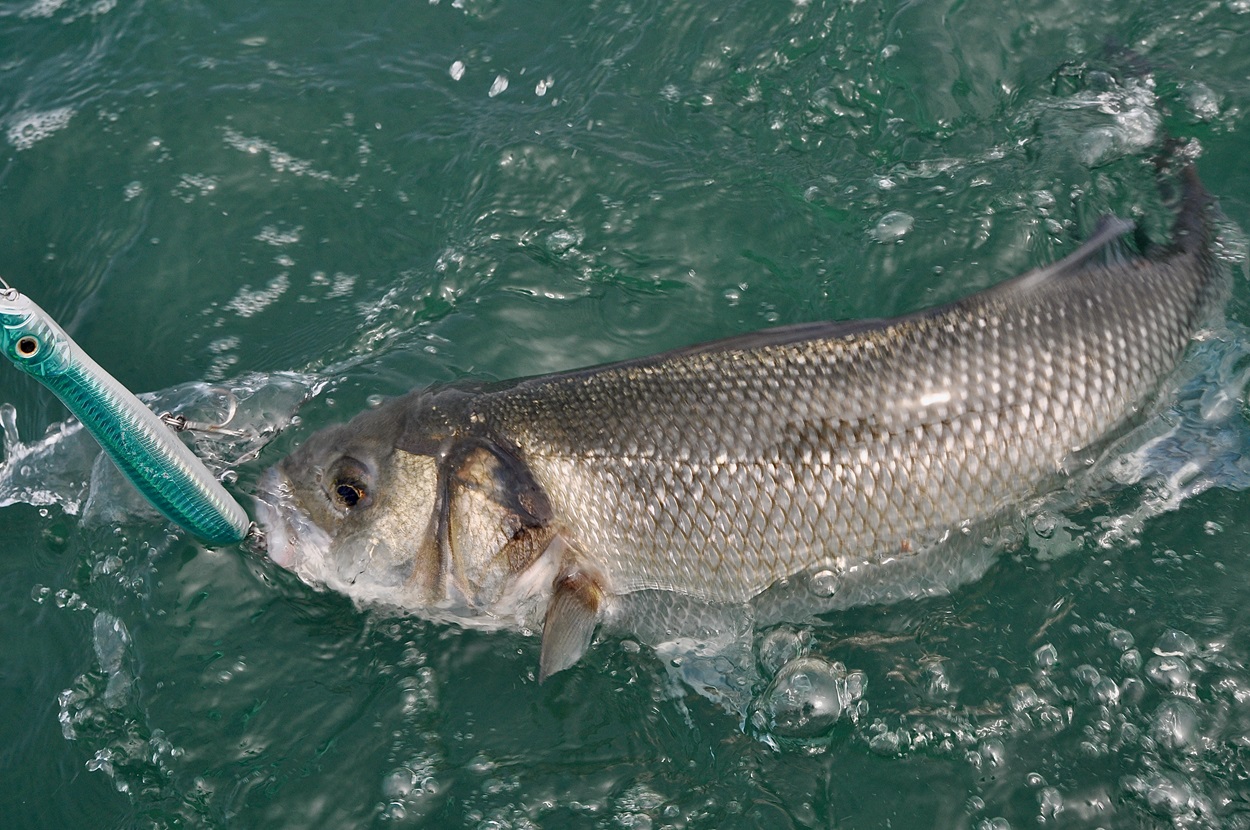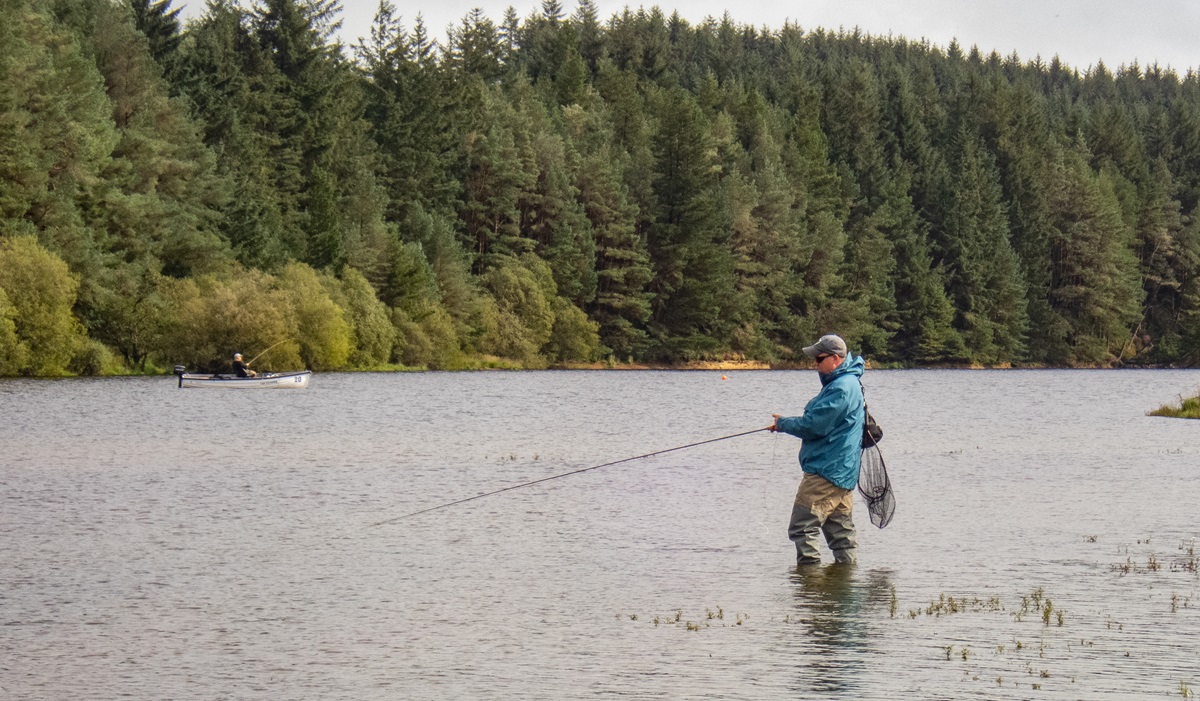Summer Lure and Fly Fishing For Bass in Estuaries – Dave Lewis
Dave Lewis reports on bass fishing in summer, with lures and on the fly! When river conditions are less than ideal, bass are a widespread species in Wales that can be readily targeted by freshwater anglers using their existing equipment. In this feature we look at the tackle required and where and how to fish for bass in estuaries.
Regular readers of my blog will know that I am a sea angler, and unsurprisingly many assume that I only fish in saltwater. This is certainly not the case. I love fishing for salmon and trout, and I have fished the rivers and streams of south-east Wales for around 50 years, having caught my first trout on the Afon Lywd in the very early 1970s. There’s nothing I enjoy more than fishing a late evening hatch eagerly anticipating the slashing rise of a wild brown trout feasting on sedges. Or working a spoon through the muddied water of a dropping summer spate for salmon.
In recent years conditions throughout the summer months on all of the rivers I fish have all but ground to a halt, as water levels on most rivers have dropped to critically low levels, while the temperature have risen to the point where it would be seriously detrimental to the welfare of the fish to attempt to catch them.
Earlier this week a couple of emails pinged into my inbox, neither of which were in any way unexpected. Both were from clubs that I am a member of, and both confirmed that due to the water temperature reaching the very high teens, all fishing on club waters was suspended until further notice, which of course was absolutely the right decision. Thankfully within the tidal reaches of any of the many Welsh rivers, the twice daily flush of tide ensures conditions are more favourable, and here you will find fish that will readily take either fly or lure: bass.
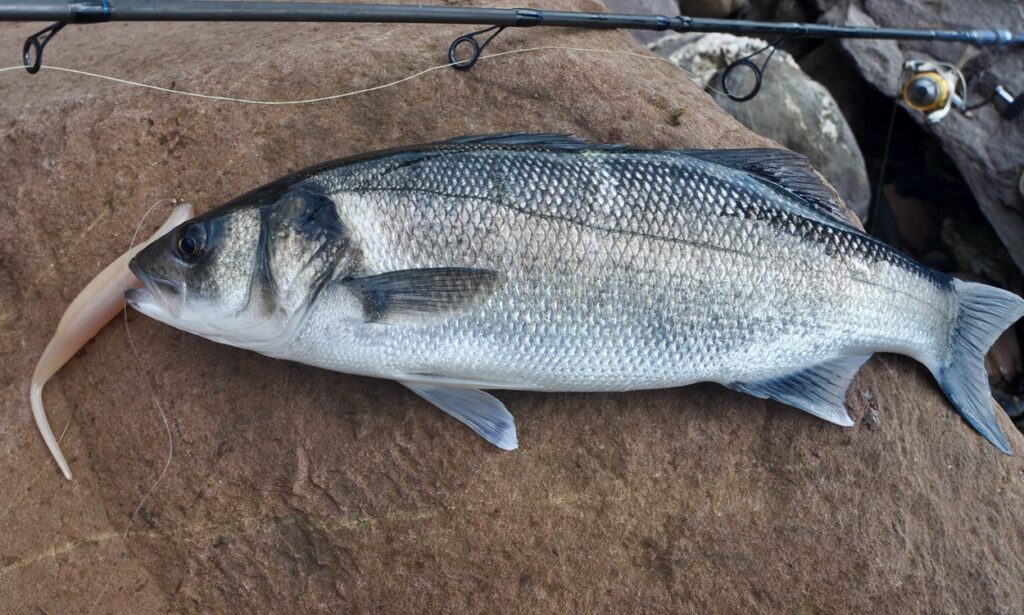
If you fly fish for salmon, sea trout and even brown trout, then it is likely you’ll already have the necessary tackle to fly fish for bass. If you are an anglers who spins for salmon and sea trout, you’ll certainly have pretty much everything you need. You may need to purchase a few flies or lures, but with regards to the rods, reels and lines most river anglers, as well as those who fish still waters, will have the tackle they need to catch bass. Let’s take a look at spinning gear.
The average salmon spinning outfit will be a 9-10ft rod designed to cast lures in the 10-30g range, matched with a 4000 size fixed spool reel loaded with 12-15lb monofilament, or more likely these days, 20lb braid, an ideal combination for bass fishing.
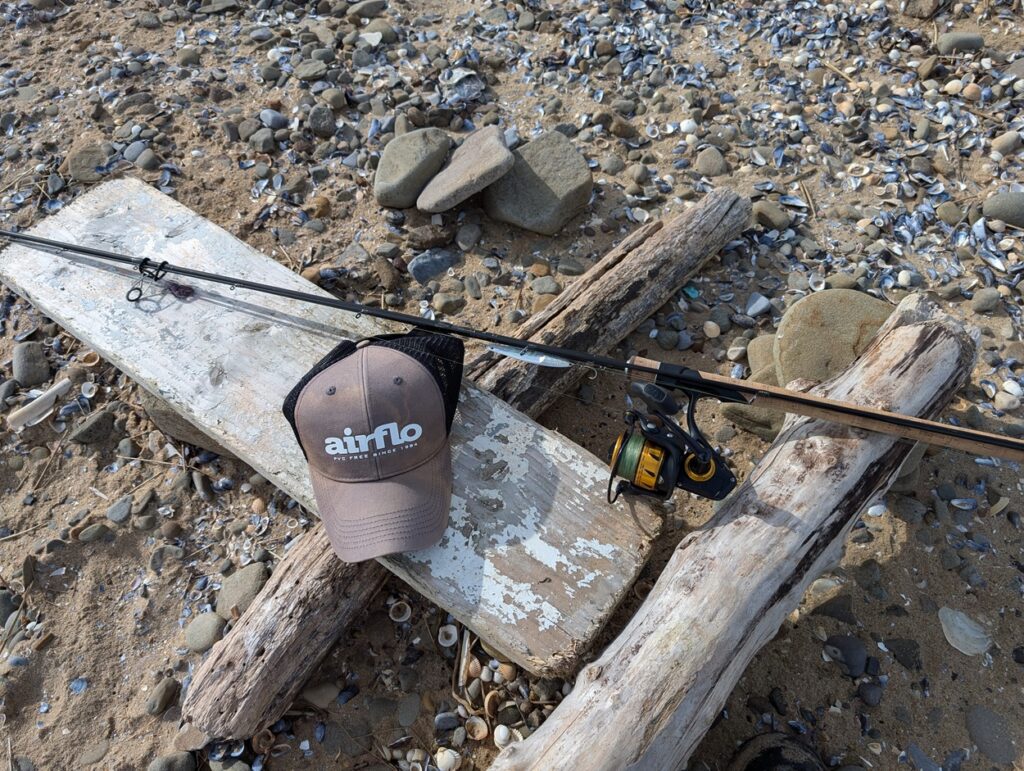
Most of the most popular salmon lures are highly effective too. Spoons and diving plugs are widely used for salmon, and these are hugely effective for bass. It’s not a very well kept secret that the ubiquitous Flying C type lures are at times nothing short of deadly for bass.
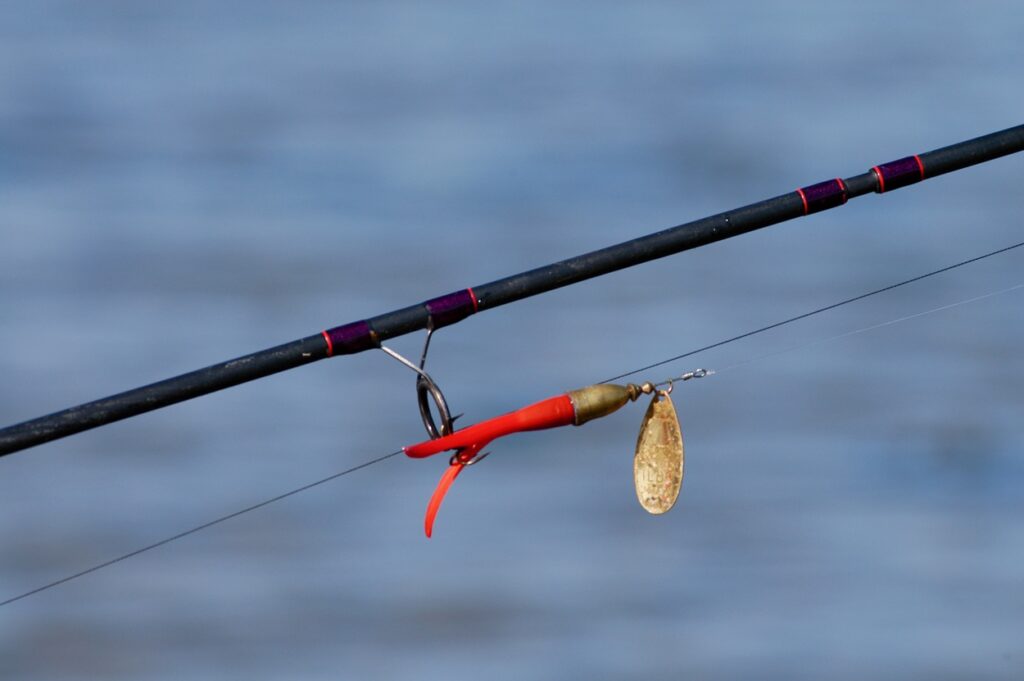
If spinning is your chosen technique then all of these lures will get you fishing, but you might want to add to your collection with a few of the most popular modern bass lures. In particular I recommend you buy a few surface poppers, lures which you can work through the surface film, a highly effective and hugely exciting technique for bass.
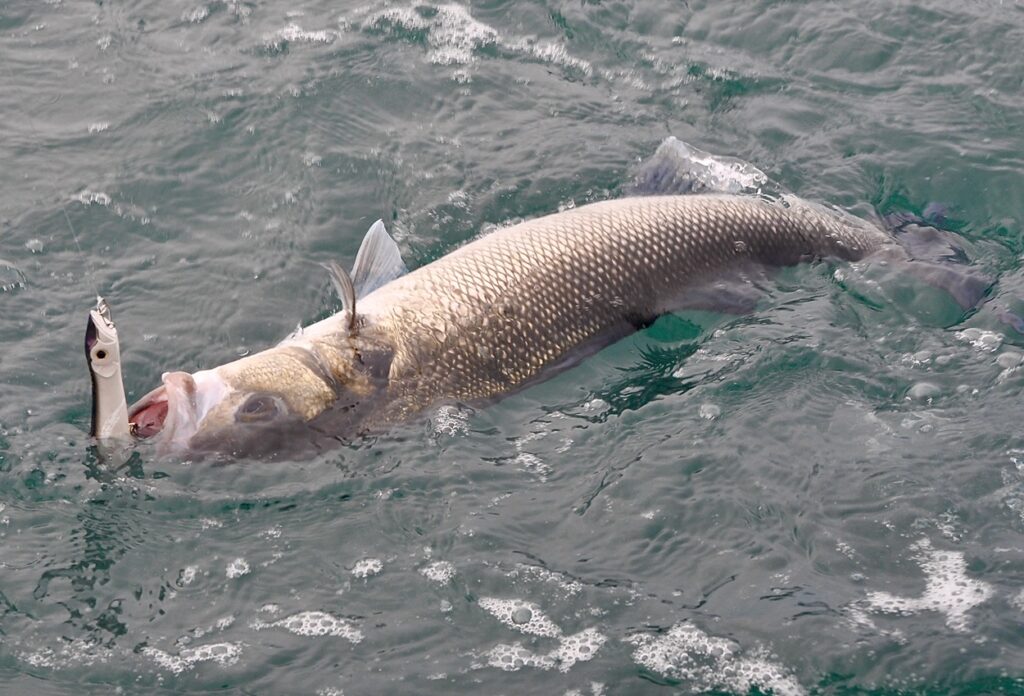
In recent years soft plastics have become a mainstay for many bass anglers, which is hardly surprising given just how effective these can be.
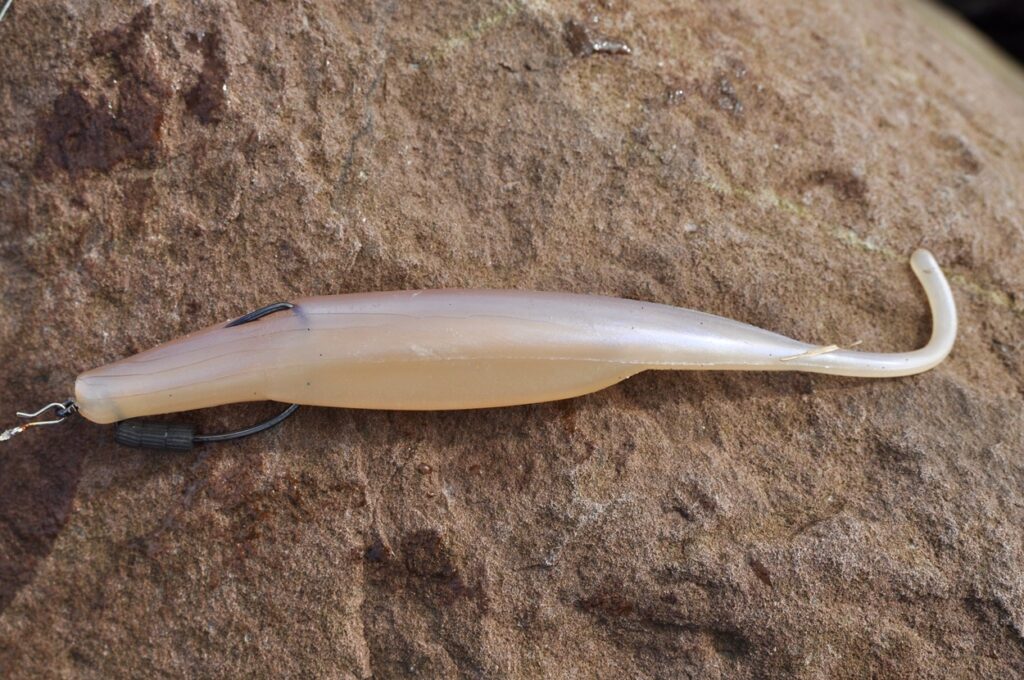
When it comes to fly fishing for bass, rods ranging 7-9wt are perfect, though slightly heavier or even lighter rods can be used. Most medium size trout and small salmon reels are ideal. If targeting bass there really is no need to invest in the inherently expensive saltwater fly reels required when fishing the tropics. A weight forward floating line is perfect, especially when working the relatively shallow mud flats of a tidal estuary. In slightly deeper water I recommend a line with either an intermediate or a sink tip. 9-12ft leaders cut from good quality, clear 8-12lb monofilament are ideal. A stripping basket clipped around your waist is very useful whenever fishing in an estuary, or anywhere in saltwater. These help manage your line, keeping loose line out of sand and mud, and preventing it from getting washed around your feet by any wave action.
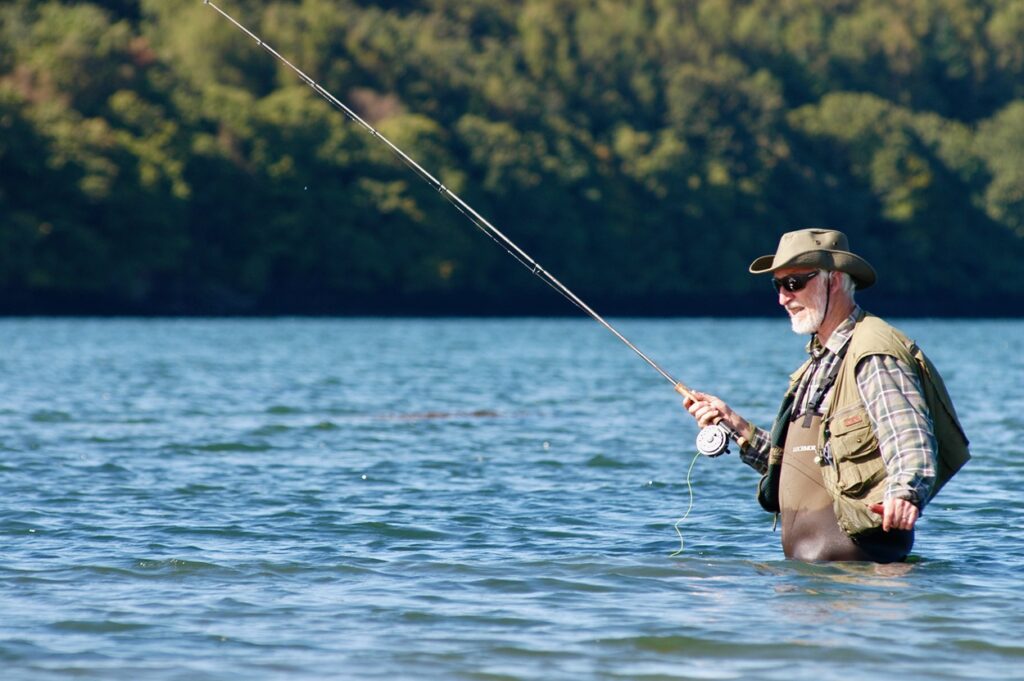
Most river anglers will have flies in their boxes that will catch bass. Almost any shrimp or baitfish pattern will work, but it will be worth investing in a few specific saltwater patterns which will be tied on stainless steel hooks, an obvious advantage. Long slim baitfish patterns tied on size 1-4 hooks are a good starting point. Invest in a range of natural looking colours, along with a few that are somewhat more garish, chartreuse for example. Plain black or white can be deadly. If I could only use one fly in saltwater in Wales, or indeed anywhere else in the world, then undoubtedly I’d choose a Clouser Minnow. If I could pick a second, then without hesitation it would be a Lefty’s Deceiver. As with conventional lures, surface popping flies can be used with great effect for bass, especially within an estuary.
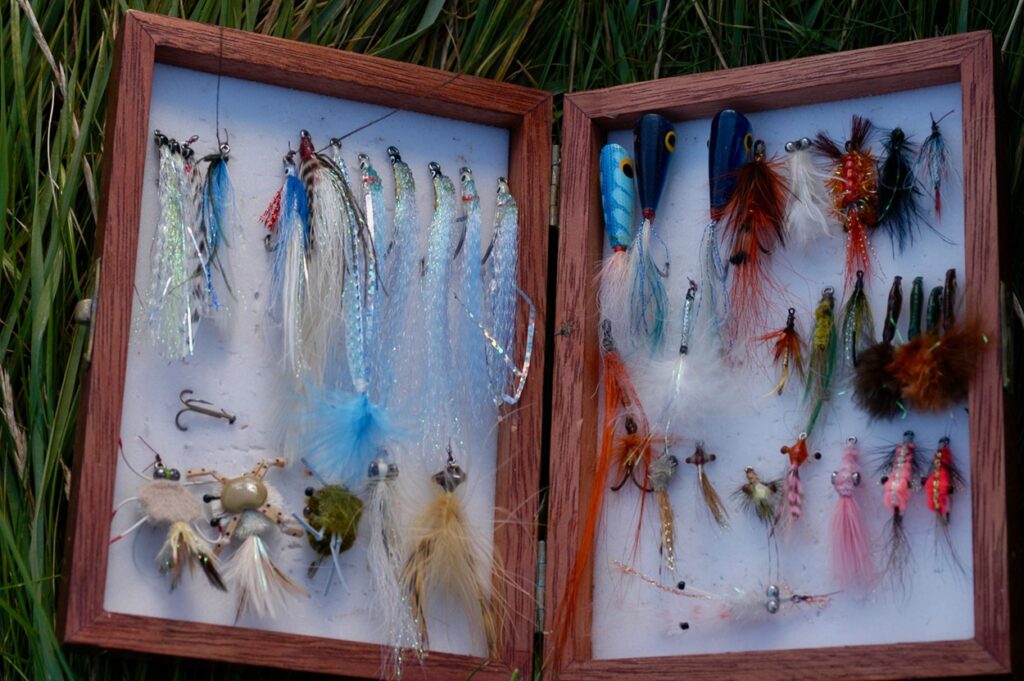
For the most part the lower parts of many estuaries offer access to free fishing, but this is not always the case. For example the tidal reaches of many of the rivers I fish are managed by clubs, so a permit is essential, plus they will likely have been closed due to the water temperature. As a very general rule fishing below the first river bridge is available, but always it is important to check before you fish. Local tackle shops will be able to help here. Also, if you are sea angler looking to try fly and spin fishing within an estuary, you’ll need to confirm from which point you will need a rod licence.
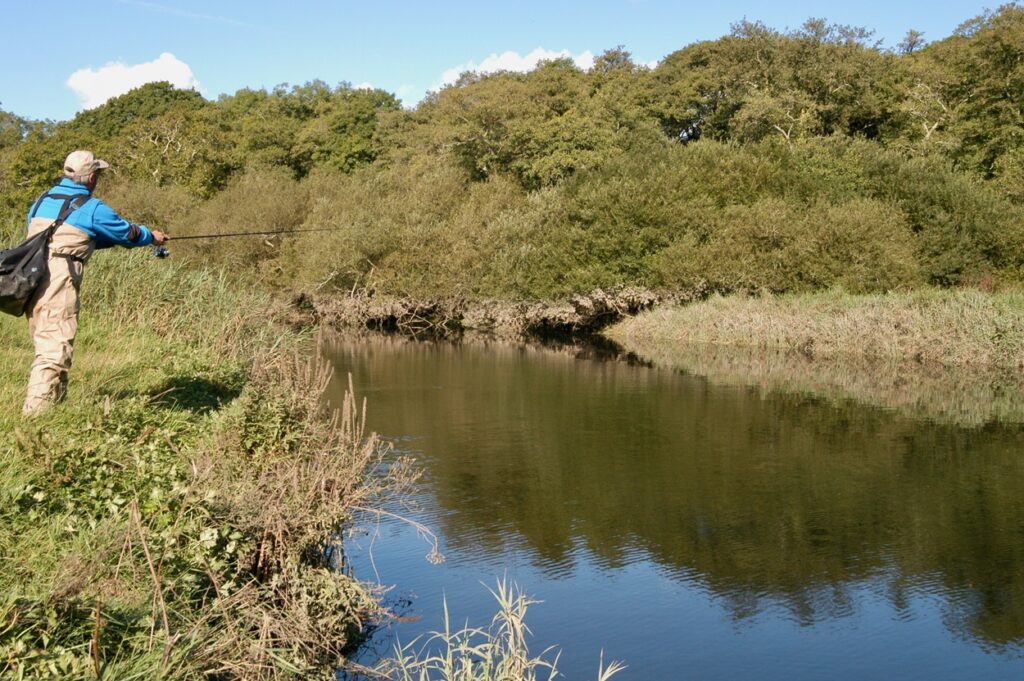
Depending on location the inter tidal zone of estuaries consists of sand or mud, or more likely here in Wales a mixture of both. Estuary fishing can be a messy affair, hence chest waders are often worn! When confronted with the vast expanse of open ground of even a modest size estuary, deciding where and when to fish can be a daunting task. In this blog bass are our primary species, and the following advice is based on my experience fishing for these.
I like to start fishing about an hour before low water, mostly casting into the main channel as the tide drops down to low water, which is where fish will be concentrated. As the last of the ebb fades away and the new flood tide starts to push its way inland, again at first I like to work the main channels. Then, as the height of water steadily increases and starts to encroach over the adjacent mud or sand flats, often you’ll see fish pushing through surprisingly shallow water. These are certainly feeding fish foraging for tidbits, and if you manage to present them with a fly or lure a take is likely. Surface lures can be especially effective in these situations. Depending on location, often I’ll fish right up to high water.
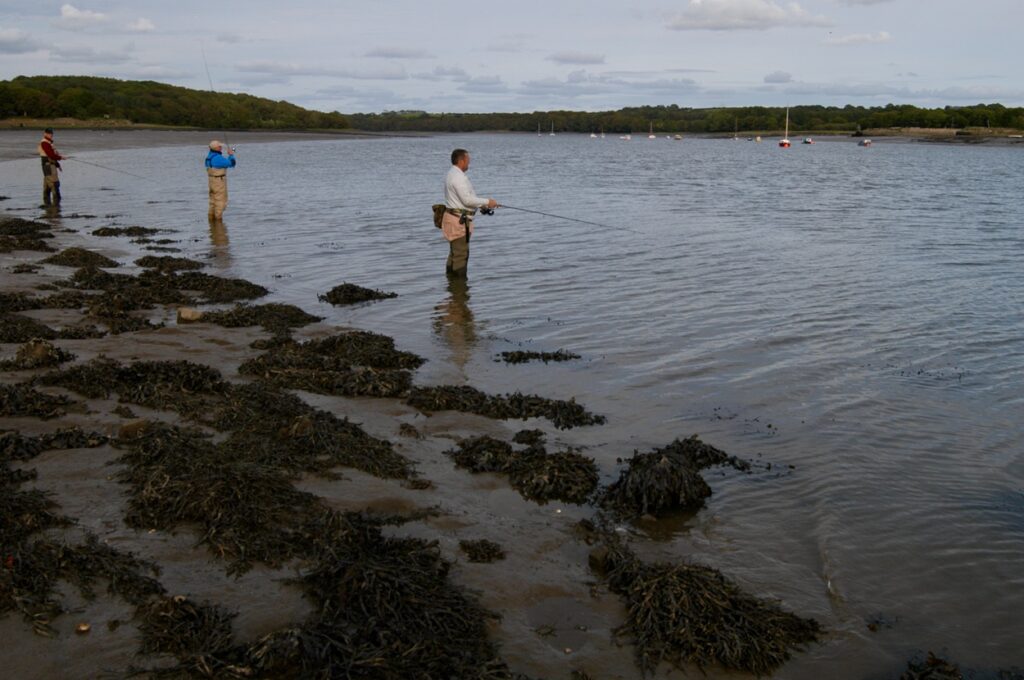
The inter-tidal zone of an estuary can be a hazardous area to access. The main risks are getting stuck in the mud, especially with an incoming tide, along with having your retreat back above the high water mark cut off by a flooding tide. Further, the strength of flow of both an ebb or flood tide in even a small estuary can be formidable. If you are unfamiliar with an estuary whenever possible try and fish with someone who knows the area well for your first trip. Avoid fishing alone and when fishing remote areas be sure to tell someone where you intend to fish, and when you intend to return.
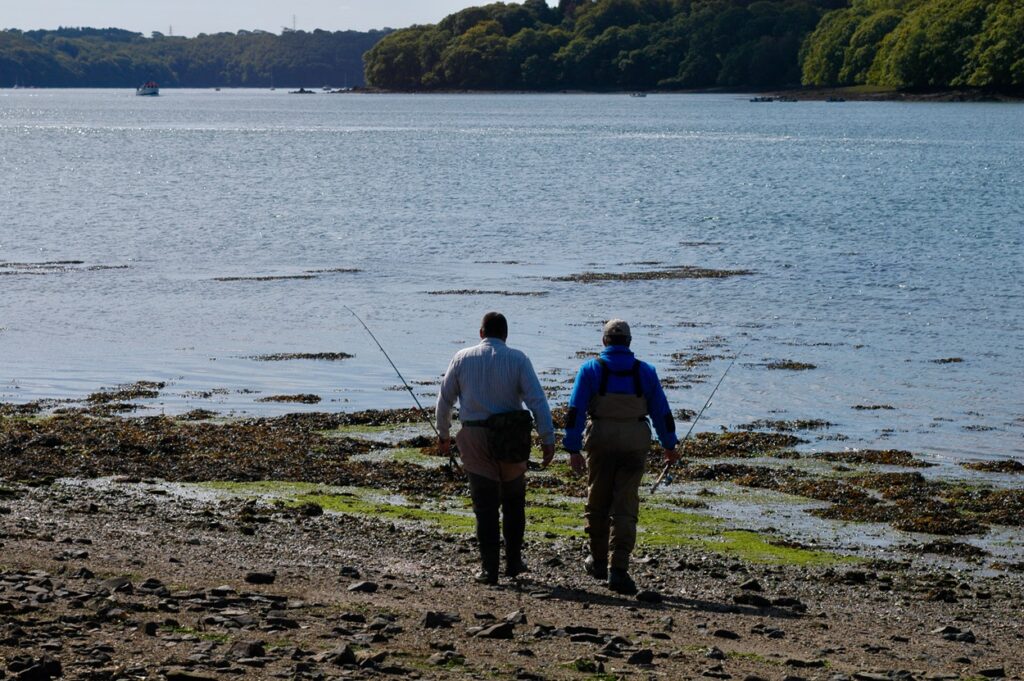
Finally, thoroughly rinse all of your tackle with freshwater as soon as possible after use. Saltwater is very corrosive, especially for products designed for use in fresh water!
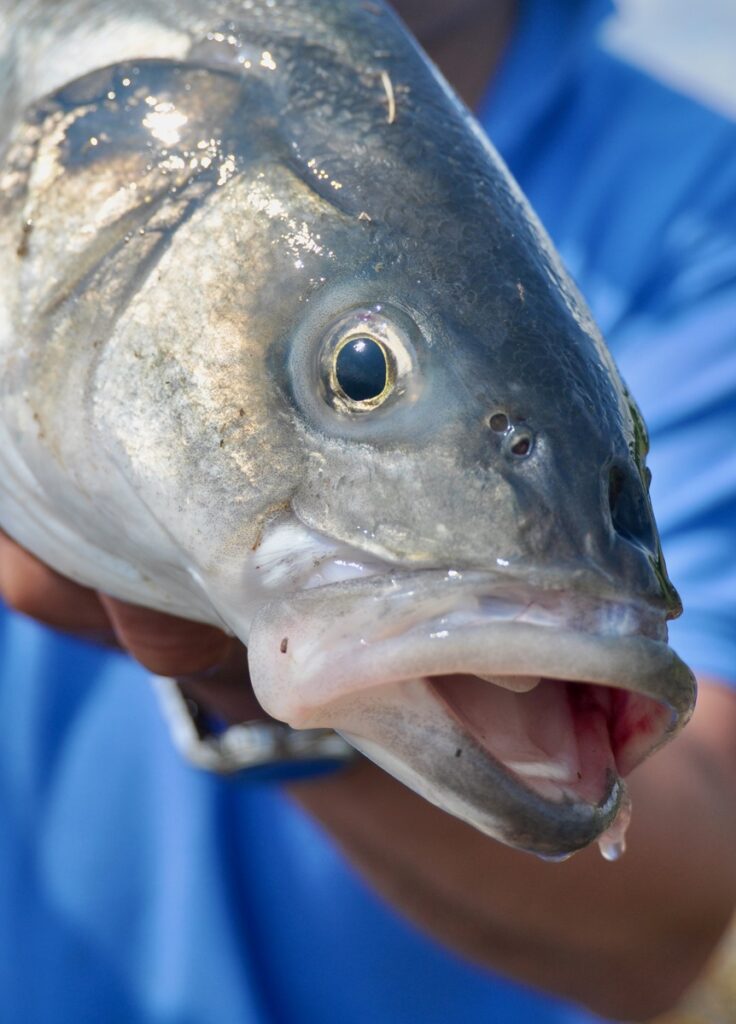
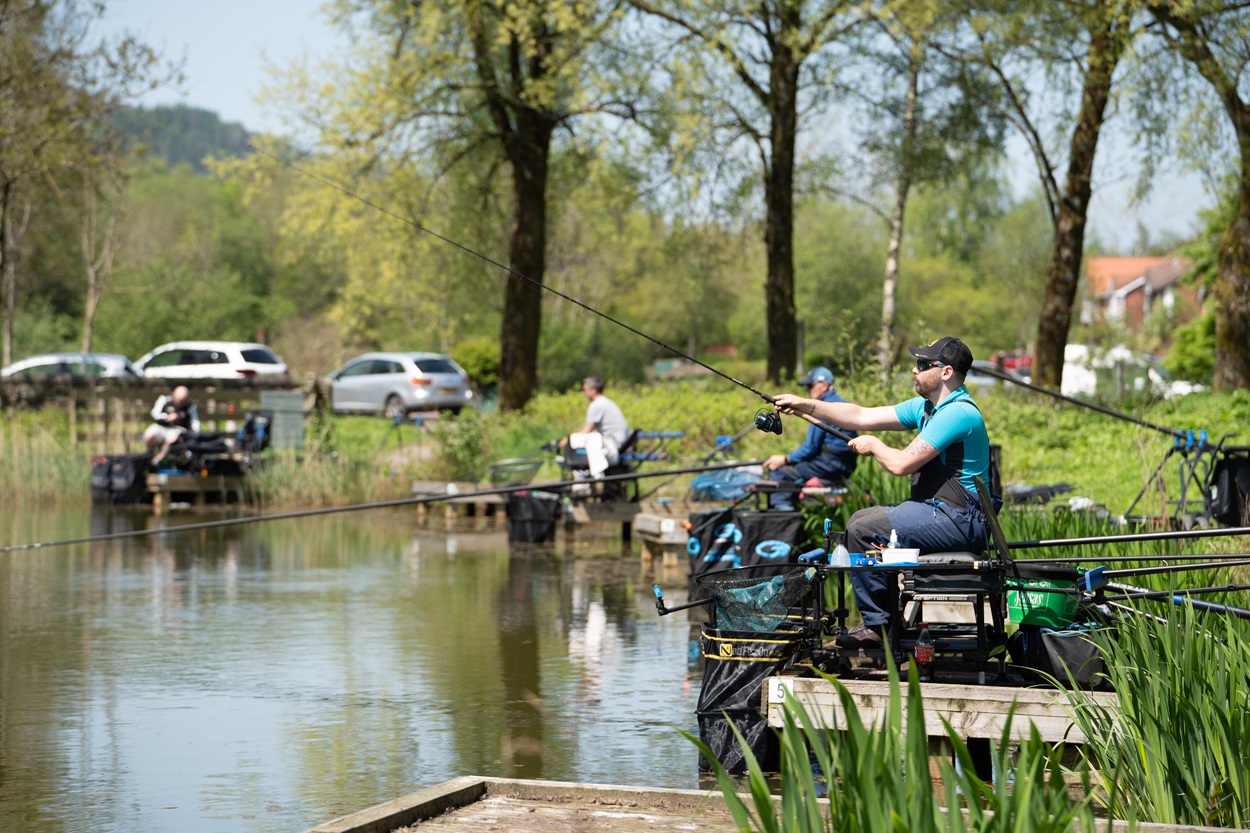
Five fishing resolutions for the New Year
Wales has so much to offer for 2026, with angling opportunities in abundance for seasoned fishers or newcomers to the…
Read More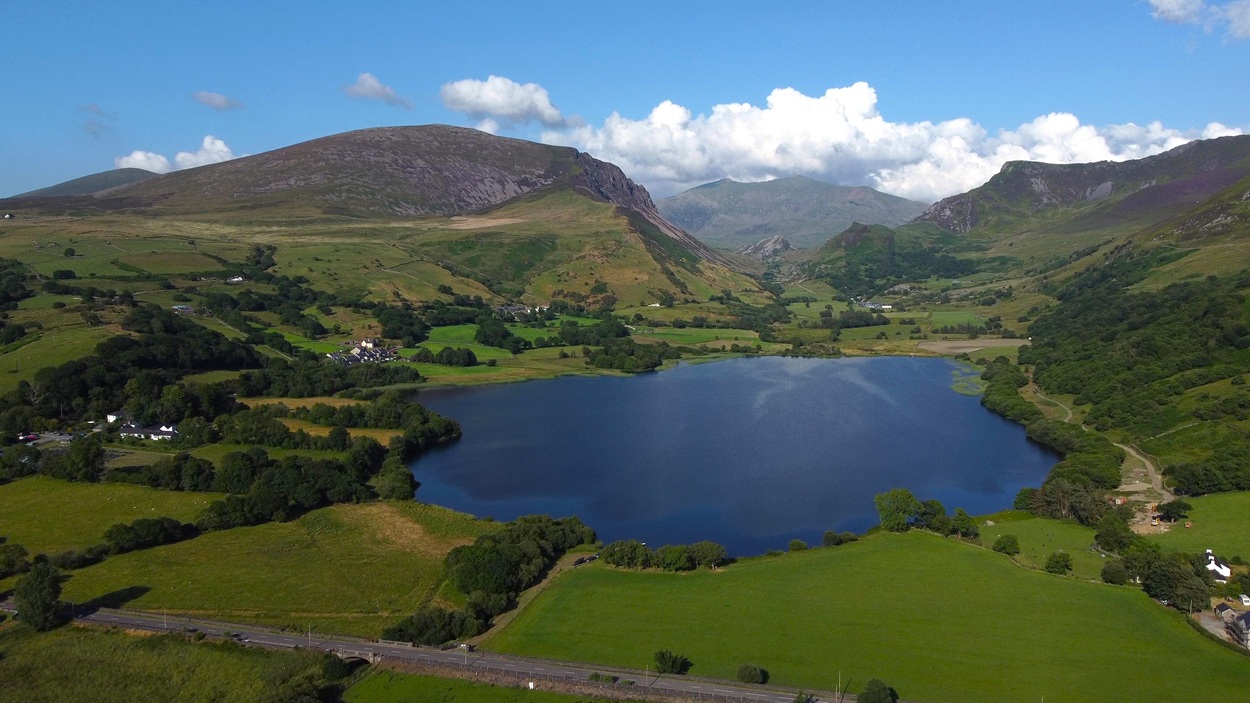
EPIC Welsh Fishing Lakes & Reservoirs from the Sky VIDEO
This cinematic drone montage showcases some of the most epic fishing lakes and reservoirs across Wales, from vast open waters…
Read More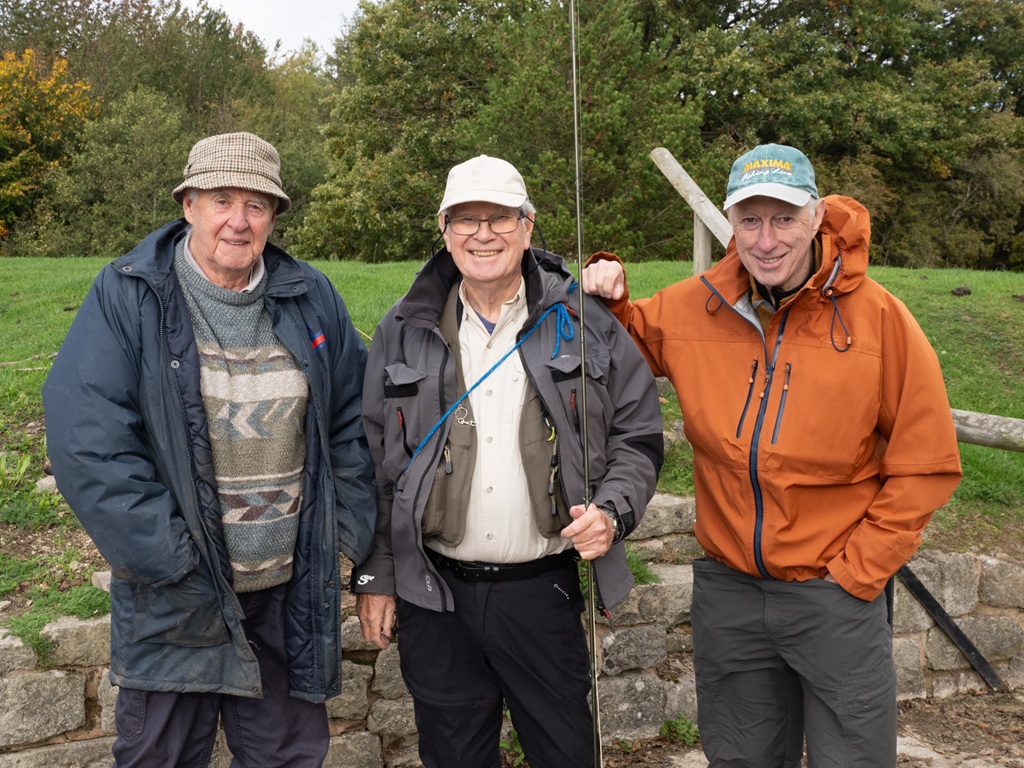
Take a Friend Fishing is Back! Take someone you know fishing for FREE this Christmas and New Year
Calling all Anglers – Take someone you know fishing for FREE between Saturday 20th December 2025 and Sunday 4th of…
Read More
